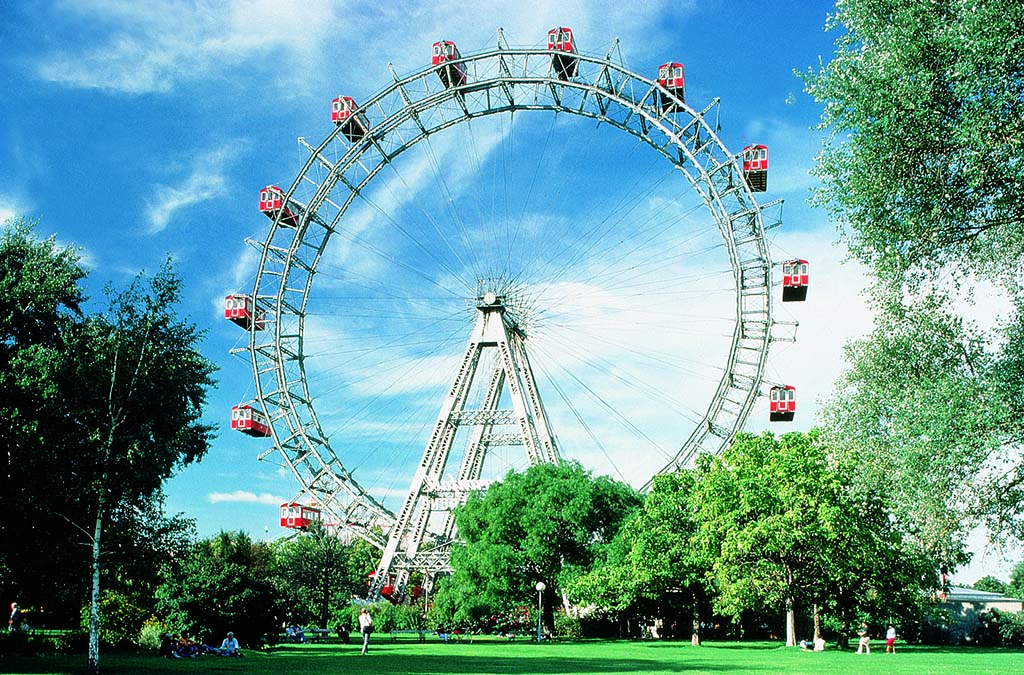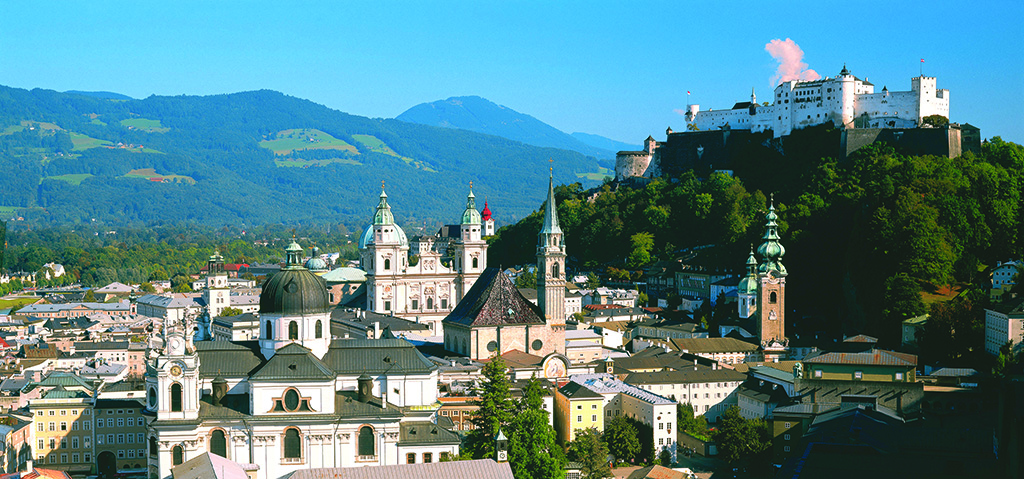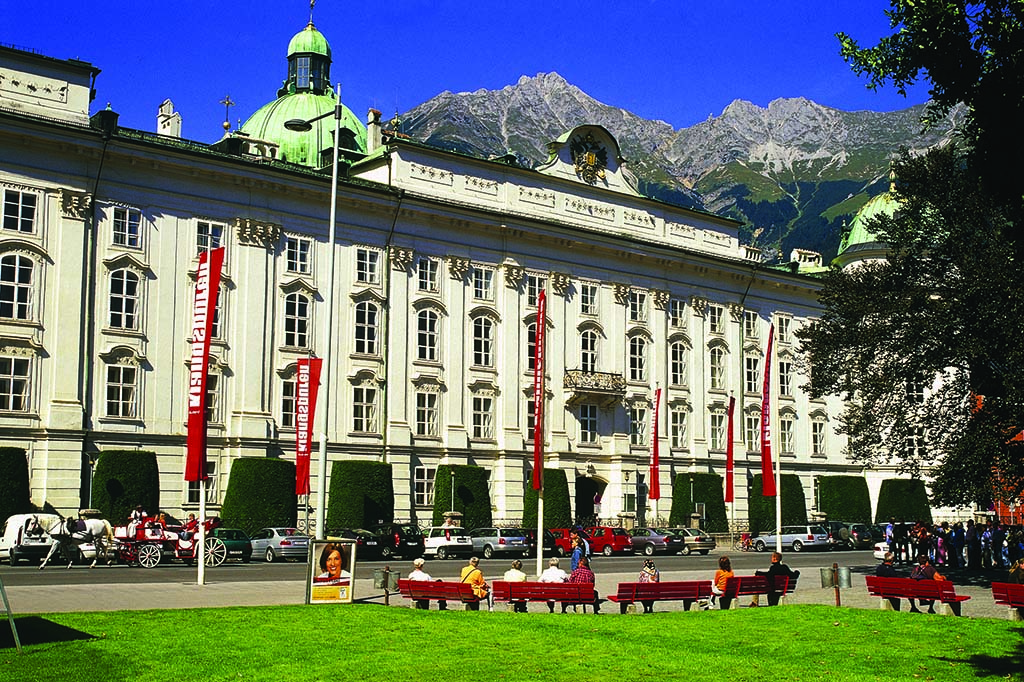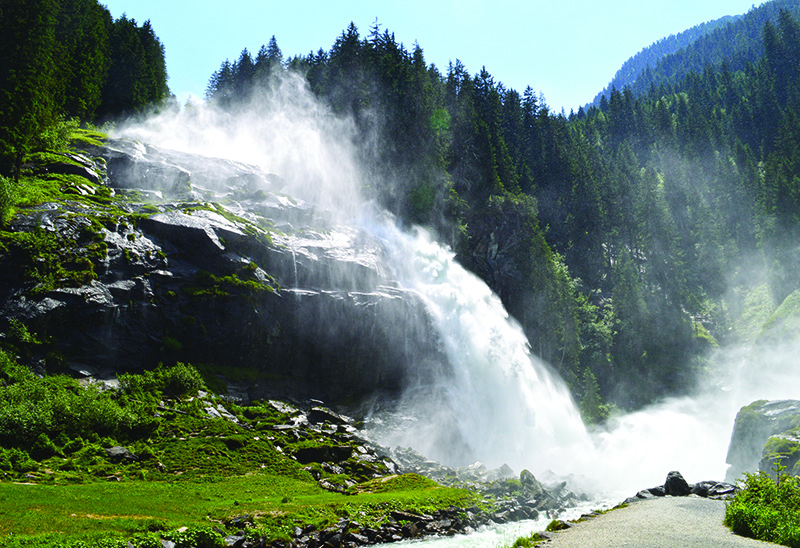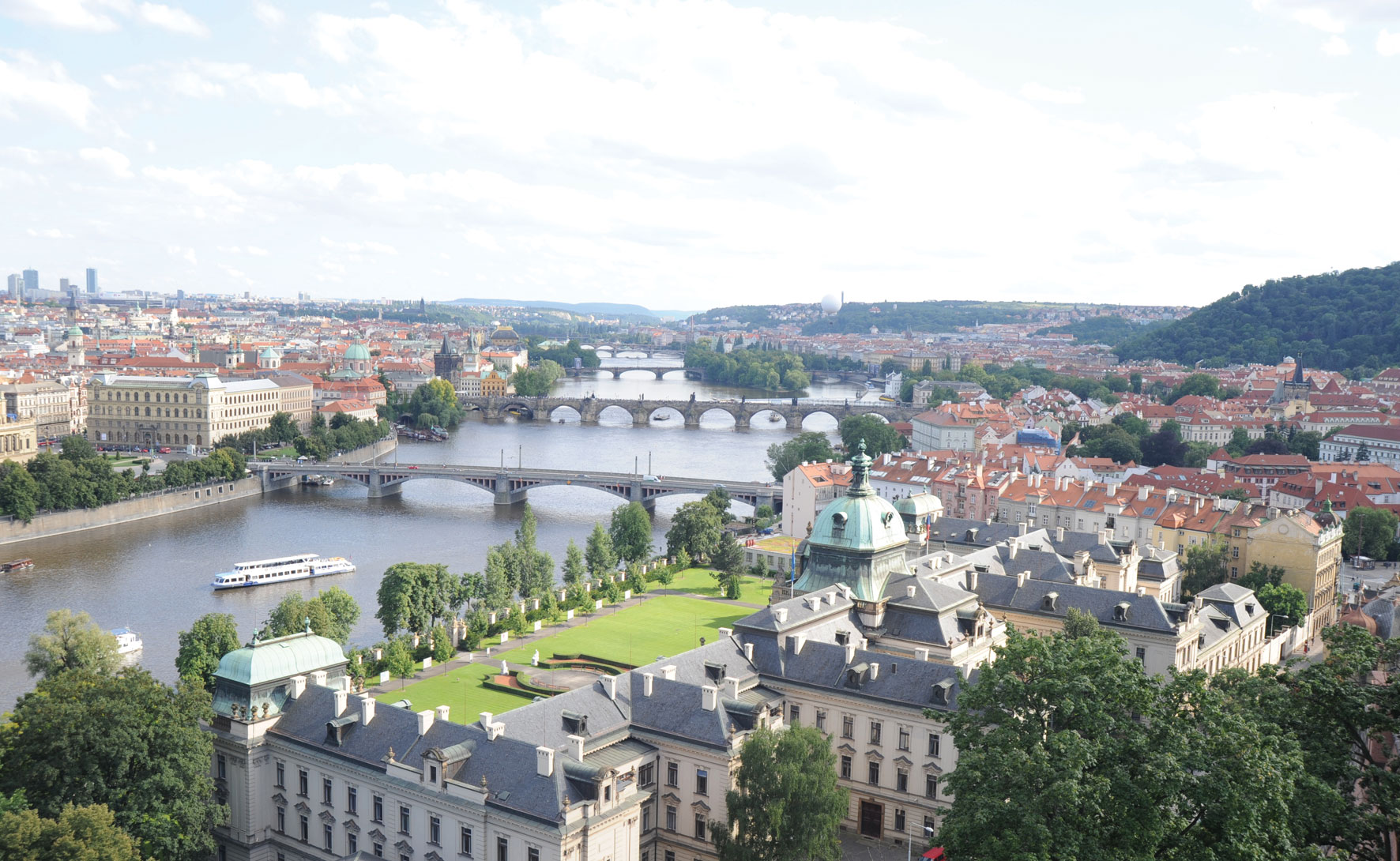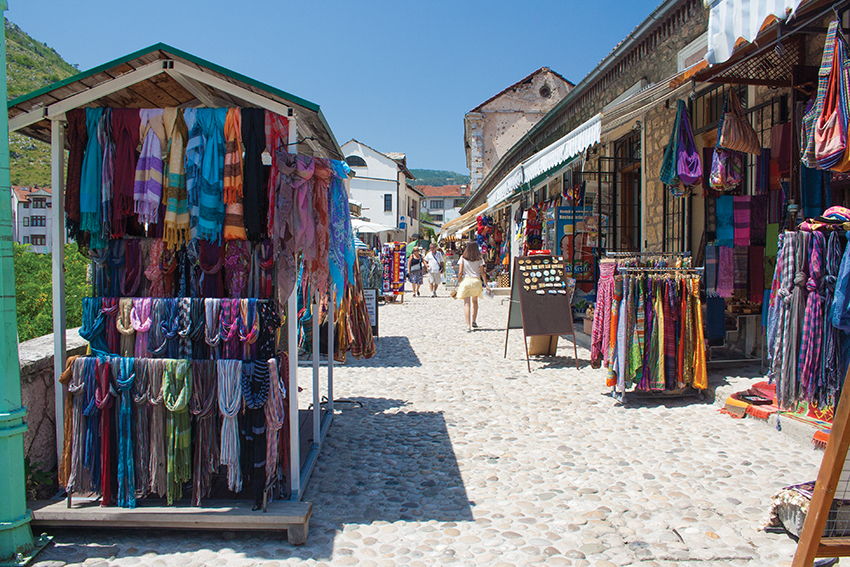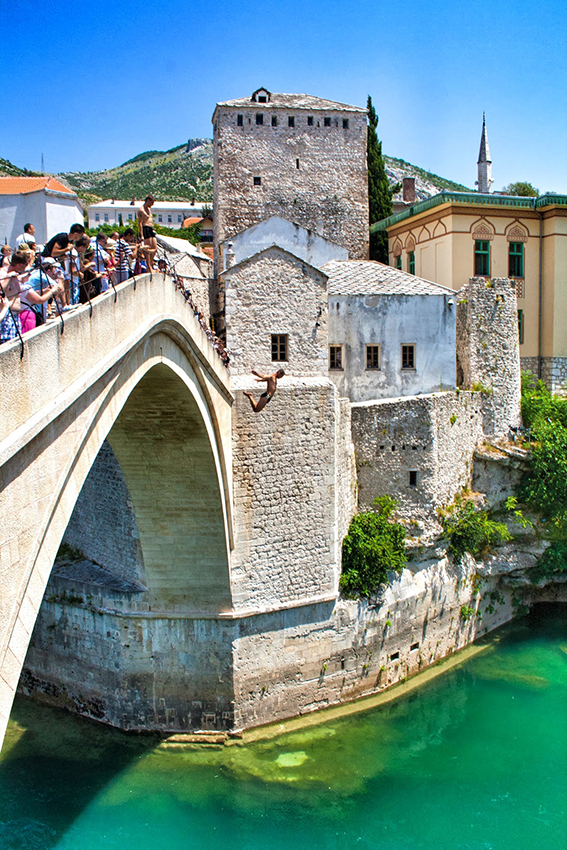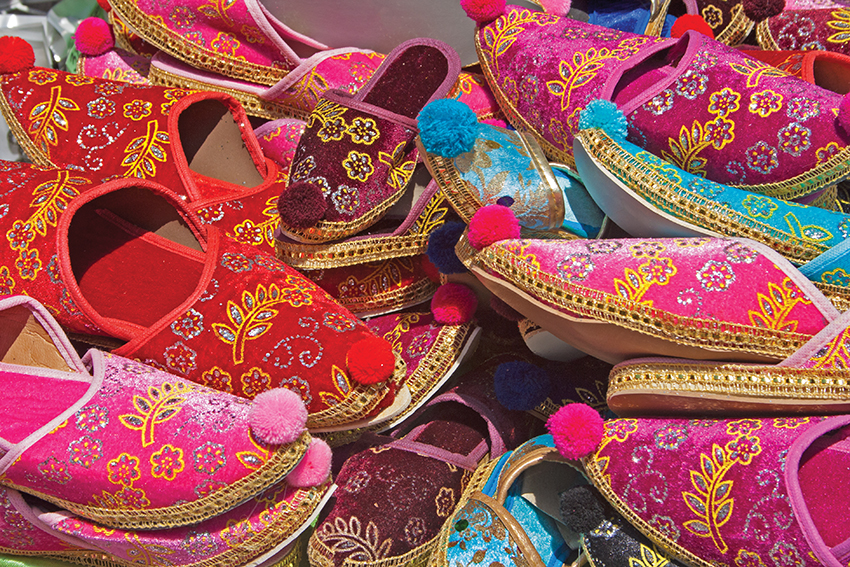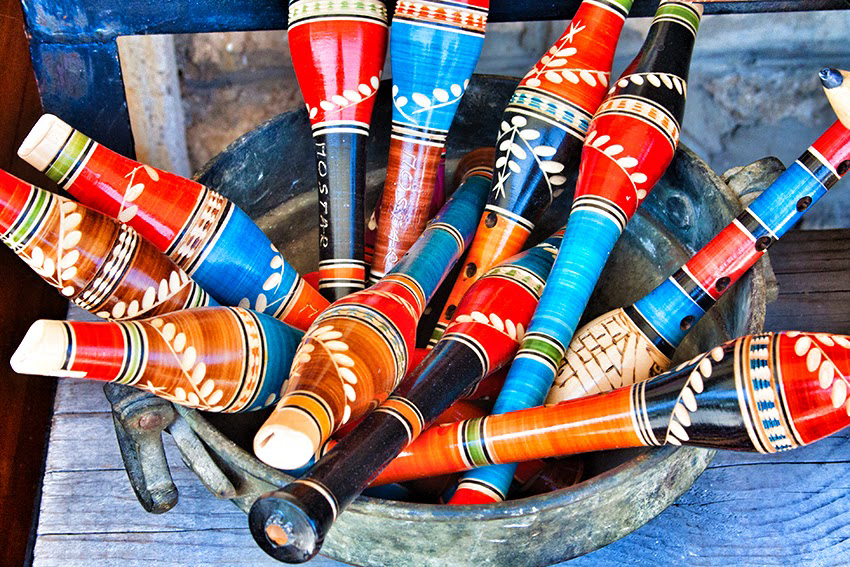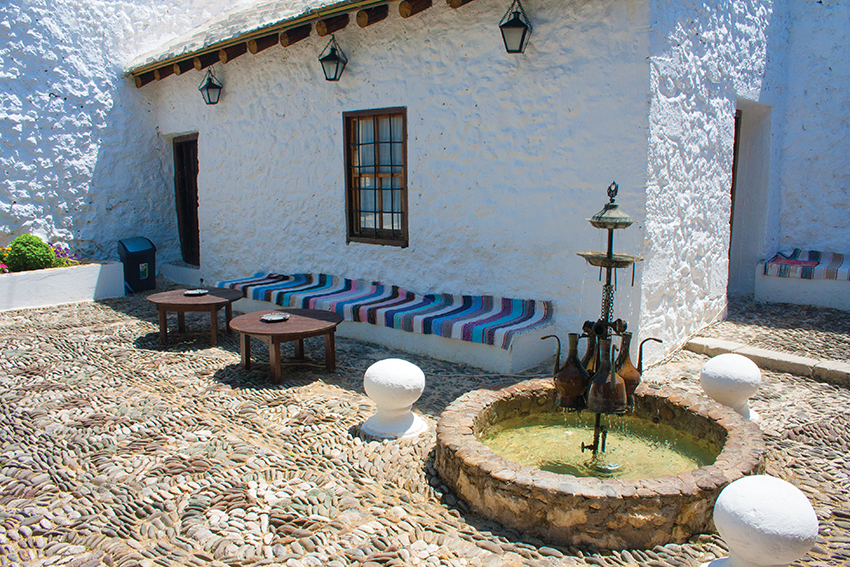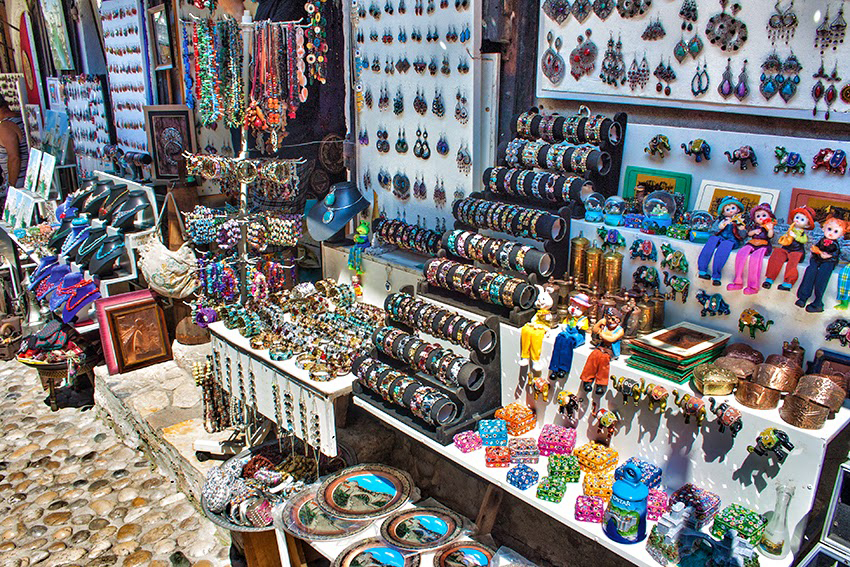Beauty – it’s in the eye of the beholder, is skin deep and can be subjective, we know, we know… But, it’s hard to deny that there are some destinations in this world that are drop dead gorgeous!
And, who would we be to keep all this beauty to ourselves? Of course we want to share it all with you, so whether you’re looking for a little pick me up or some hearty travel inspiration, here’s our list of the top 10 most beautiful places in the world.
1. The Norwegian Fjords

Is there anything more dramatic than a Fjord? Sheer cliffs tumbling down to sea waters with cascading waterfalls either side of a narrow channel of water. As valleys go, these are pretty impressive.
The contrast of the green slopes and the deep blue of the waters below, with a dusting of white with the snow-capped tops… we can categorically say that we do not agree with the old ‘blue and green should never be seen’ saying… in terms of travel at least… we’re not fashion experts.
The National Geographic Magazine awarded the Fjords ‘The Best Unspoiled Travel Destination in the World’, something we whole-heartedly agree with.
2. Venice
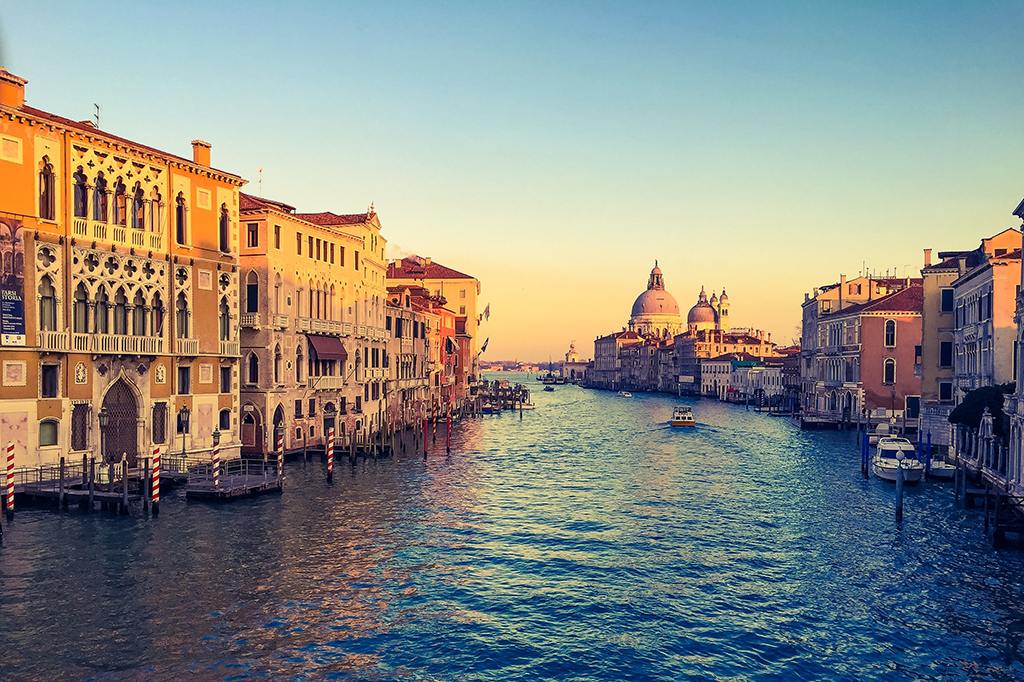
Who doesn’t want to visit Venice? Well, if you are one of those people, we think it’s time to rethink. Stunning architecture, canals instead of roads, some of the most iconic views in Europe… and Gondolas! It’s easy to see why so many people call for the charms of Venice.
In the words of Elizabeth Berkley, ‘It feels like you are transported to another time – the art, music and pure romance in the air is like no other place.’
Over 15 million visitors flock to Venice every year to see it yet it’s said to be sinking at a rate of 1-2 millimetres a year! A sad thought that global warming could eventually eradicate such an iconic part of Europe.
3. Ha Long Bay
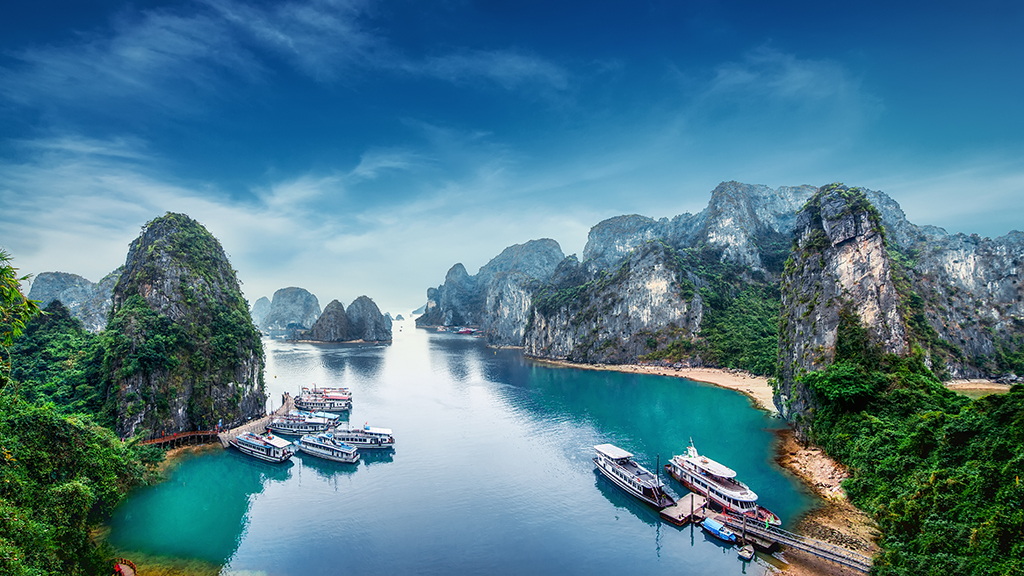
Emerald waters, towering limestone islands topped with rainforests, of course Ha Long Bay is a popular place for travellers flying in from all over the world. It even ranks top of the list as Vietnam’s number one tourist spot.
The UNESCO World Heritage Site looks like something straight from a film, and funnily enough, it is. Recently featuring in the films Pan (2015) and the soon to be released Kong: Skull Island (2017) and even going back to James Bond: Tomorrow Never Dies (1997), we’d say the ethereal setting is the real star of the show.
4. Banff National Park
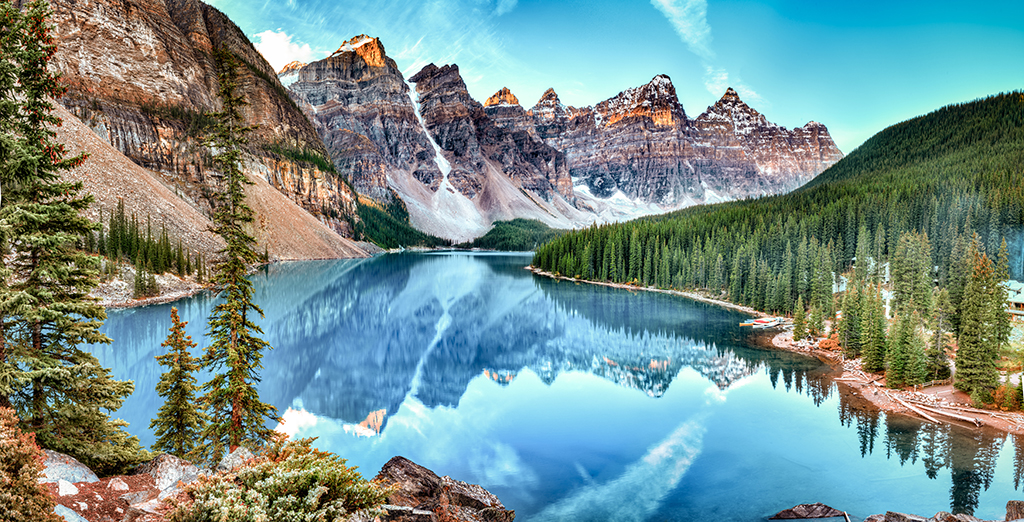
Canada’s oldest national park, nestled in the famous Rocky Mountains, is something that dreams are made of. Snow-capped peaks, stunning blue waters and luscious green foliage, and we can assure you, the postcard worthy photographs you see, are certainly not Photoshopped.
It’s also the perfect place to attract some of Canada’s most interesting wildlife. The moose, the elk and even the grizzly and black bear call Banff home thanks to its variations in elevation, climate, and plant communities.
More than 4 million visitors travel to Banff National Park each year to visit the mountains that range from 45 to 120 million years old. Pretty impressive, we’re sure you’ll agree.
5. Oia
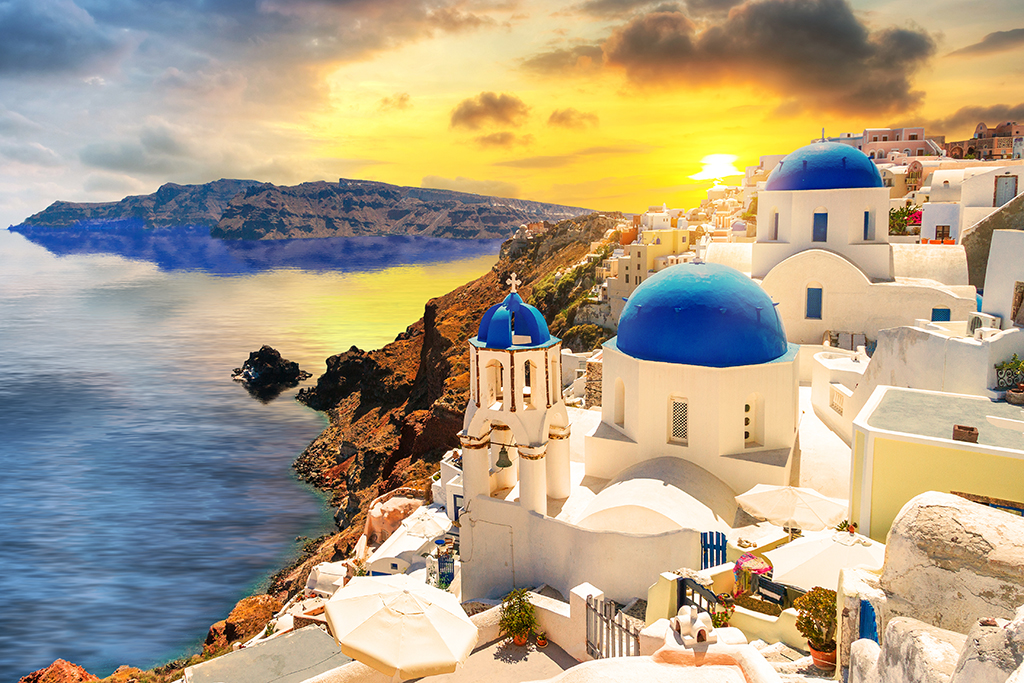
Oh Santorini, the ‘poster-island’, so-to-speak, of Greece. Even if you didn’t know, you’ve probably seen it. You can pick up postcards of its white-washed buildings clinging to a cliff edge in just about any Greek island.
But, seeing really is believing, and heading to the famous Cyclades Island is a must if you’re looking for absolute heart-warming beauty.
And where better to get an eyeful of the islands beauty than visiting Oia? Famous for its small village charm, it even offers once of the best sun sets in Europe! And, it’s easily accessible from Fira, the islands capital, making it a great stop off if you’re sailing into the island on a cruise.
6. Isle of Skye
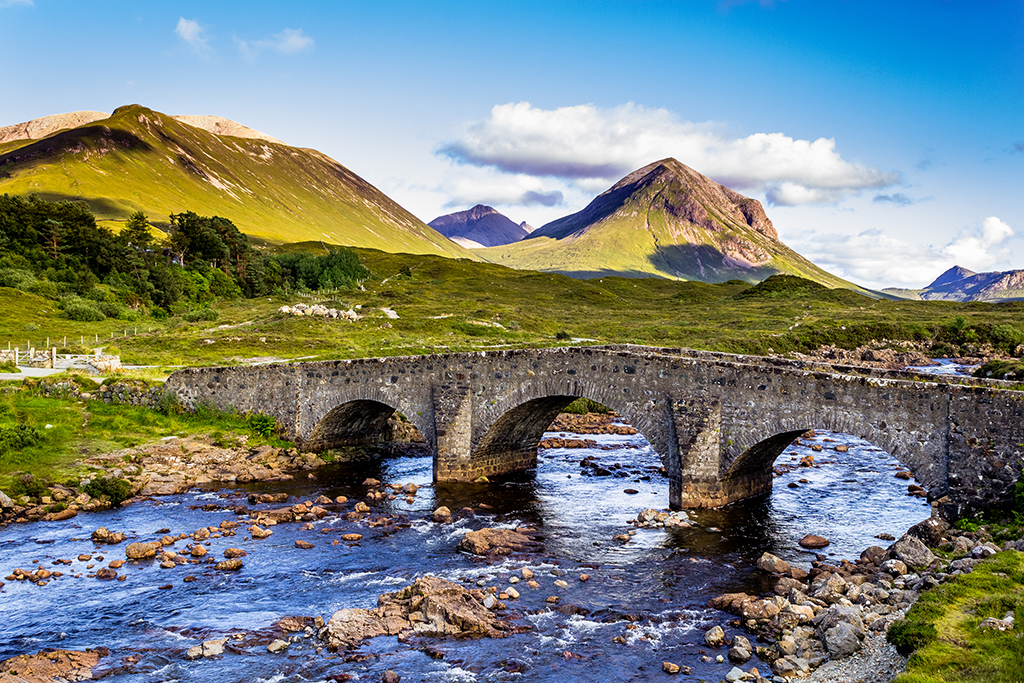
The largest island of the Inner Hebrides, the Isle of Skye shows us that we don’t have to leave our shores to find one of the world’s most beautiful spots.
Its rugged landscapes and spectacular scenery make it one of Scotland’s most popular tourist destinations, but it’s not just a pretty face.
The island has a rich history from the Jacobite rebellion, Clan Warfare and ‘Bonnie Prince Charlie’, it’s even known for producing some pretty impressive dinosaur fossils! But not just that, the wildlife on offer is just as impressive.
Otters, seals, whales, dolphins and red deer can all be seen in and around Skye, only adding to the spectacular beauty on offer.
7. Milford Sound
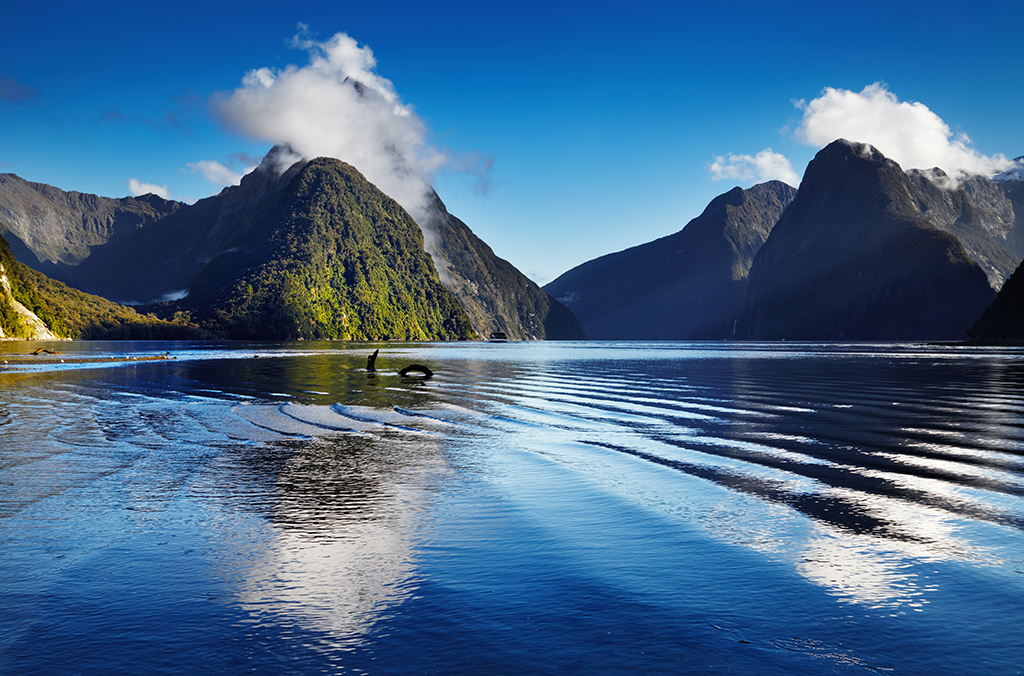
Half a world away but always worth the miles covered to get there. Milford Sound is a stunning fiord on New Zealand’s South Island that is home to Dolphins, Penguins and seals.
Mountain peaks reach as high as 1000ft, it’s considered New Zealand’s most stunning natural attraction, famous for its ink-like waters and cascading forests, if this isn’t on your bucket list, it should be.
And the best thing? You don’t have to worry about the weather. We can’t fault a sunny day, but the best weather to view the sound in is actually rain! The granite peaks and no beaches mean the cliffs don’t absorb water, resulting in some pretty spectacular waterfalls.
8. Bryce Canyon

We’ve all heard of the Grand Canyon and many people have been there, seen it and purchased the souvenir t-shirt. But, we think that Bryce Canyon is more deserving of a place on this list.
With the largest collection of Hoodoos (oddly shaped pillars of rock left standing as a result of erosion) in the world, the canyon is a sight to behold. In fact, Ebenezer Bryce, who the spot was named after, is thought to have said ‘It’s a hell of a place to lose a cow’… a ‘moo’-ving sentiment.
On a good day, when visibility is clear, views of the canyon can spread for over 100 miles, deep into Colorado! And, interestingly, Bryce Canyon isn’t actually a canyon – it’s a natural amphitheatre! Either way, we’d echo the thought that it really is stunning… stunning… stunning…
9. Lake Bled

It’s got to be said, that beauty lies within Lake Bled! Slovenia isn’t one of the most famous tourist destinations in Europe, but this pretty little lake certainly makes visiting more than worthwhile.
The lake is one of the warmest alpine lakes, sitting at a pleasantly warm 26°C, and it’s tiny, tear shaped island is the only natural island in Slovenia! The church that sits on the island dates back from the 17th century, but we digress…
Just look at it! As lakes go, it’s so spectacularly beautiful, we just had to put it pride of place on our list.
10. Angkor Wat
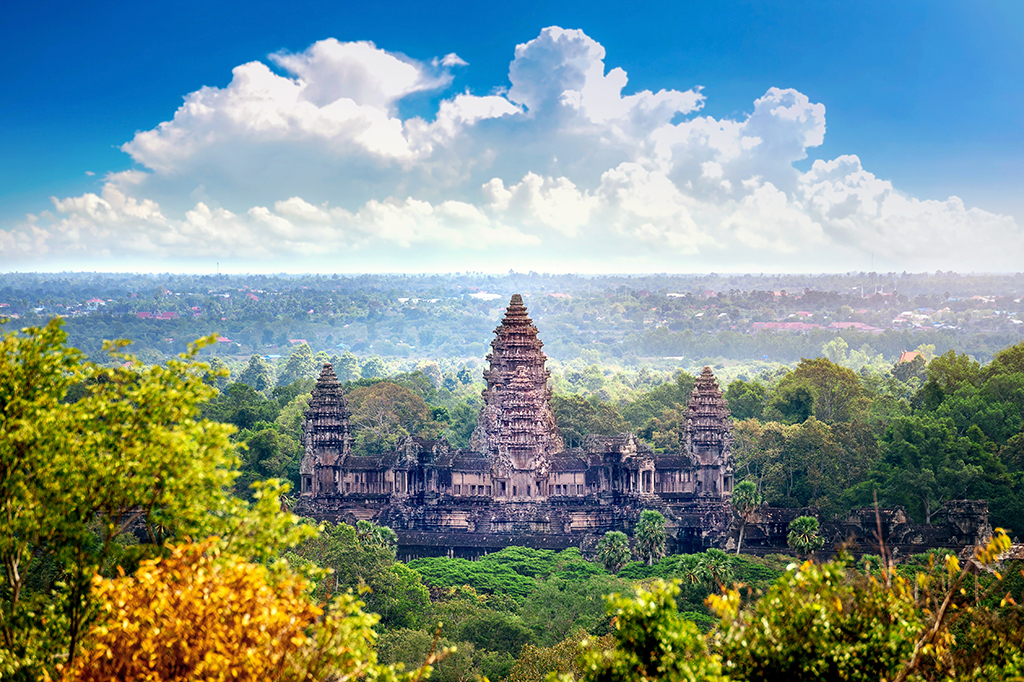
Last, but by certainly no means least, we had to mention Angkor Wat. The largest religious monument in the world, you can be sure it’s every bit as breath-taking as you’d imagine.
Paramount Pictures even paid $10,000 a day to film in the temple Ta Promh for the Lara Croft: Tomb Raider film, which led to the films lead actress, Angelina Jolie, to adopting her Cambodian son, Maddox.
The UNESCO World Heritage site’s name translates to the ‘City of Temples’ with new structures and ruins being discovered almost every year. Impressively, it was built without the aid of machinery, just the help of approximately 1000 elephants.
Would you add any other destinations to our list? Let us know in the comments where you think the world’s most beautiful place lies.

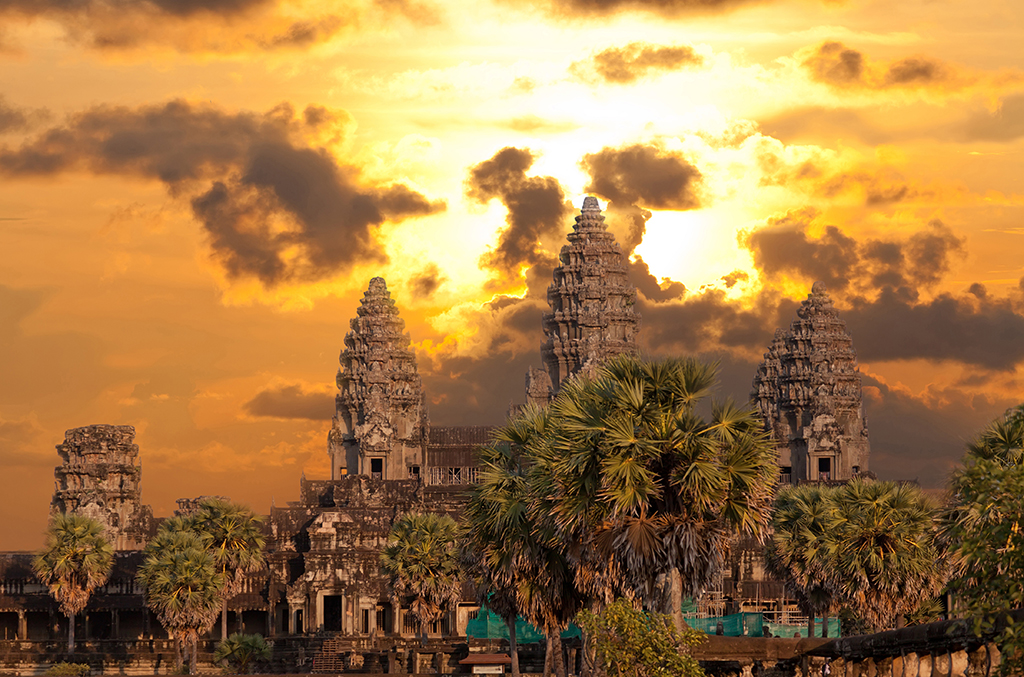
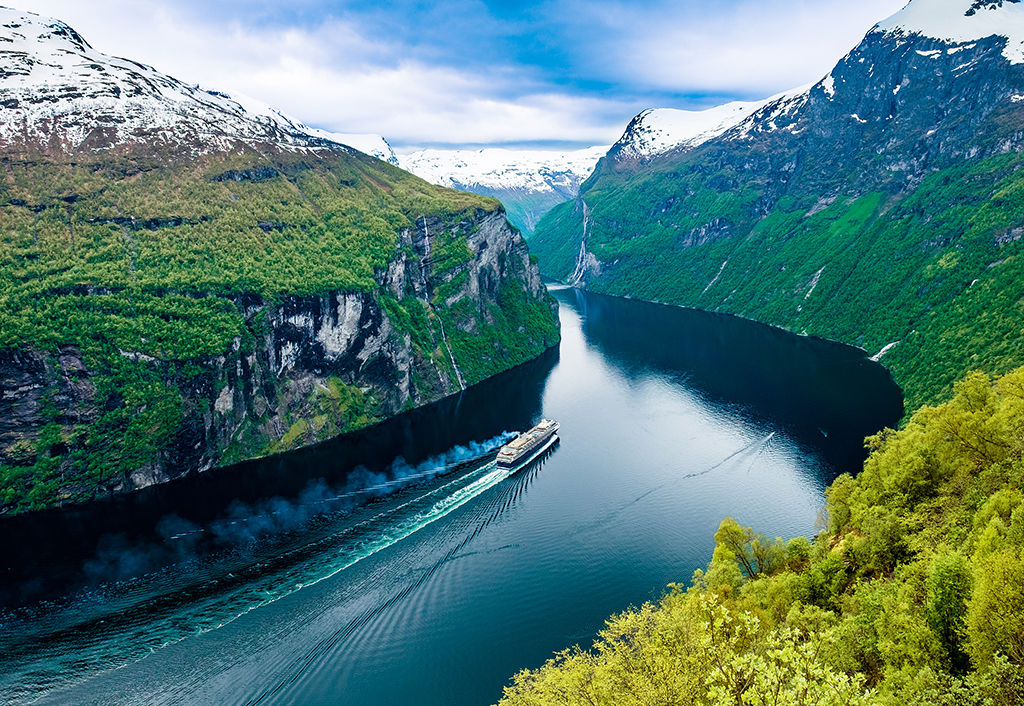
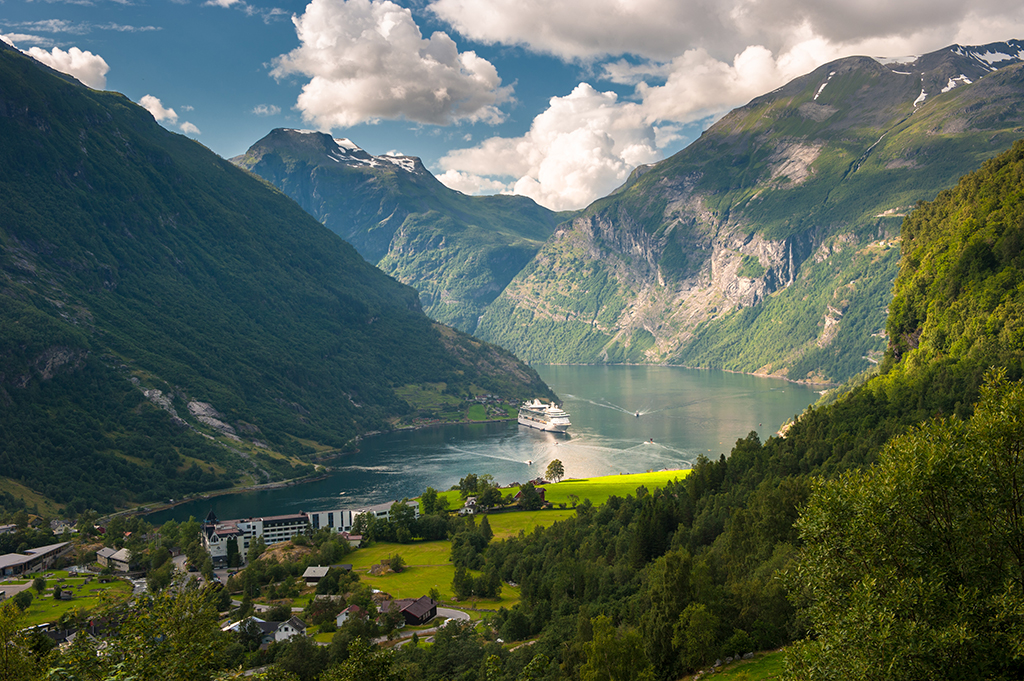
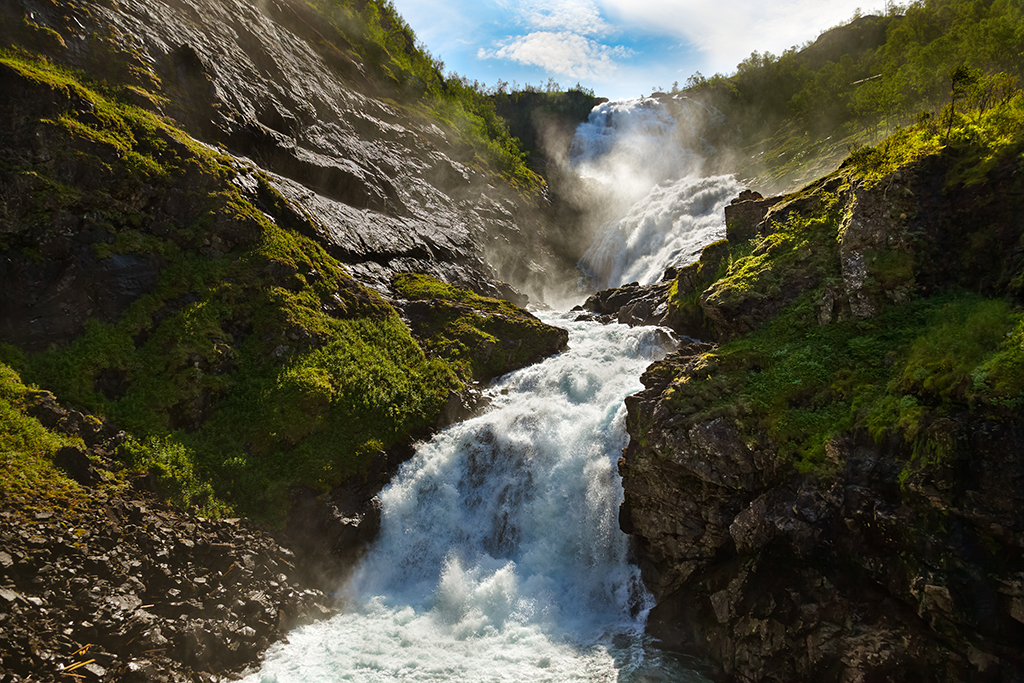

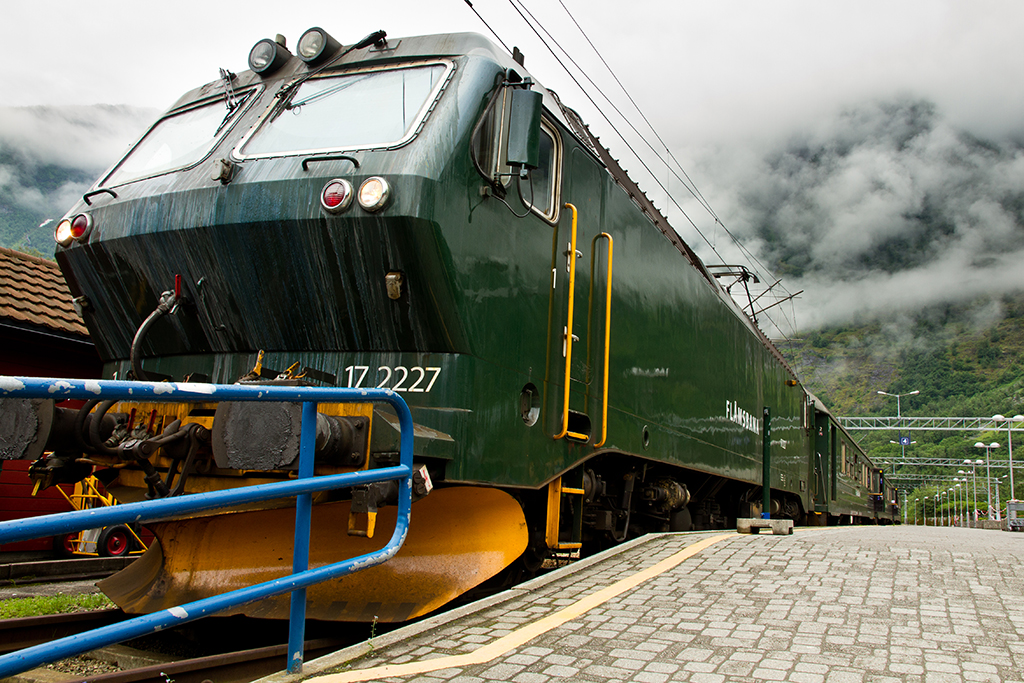
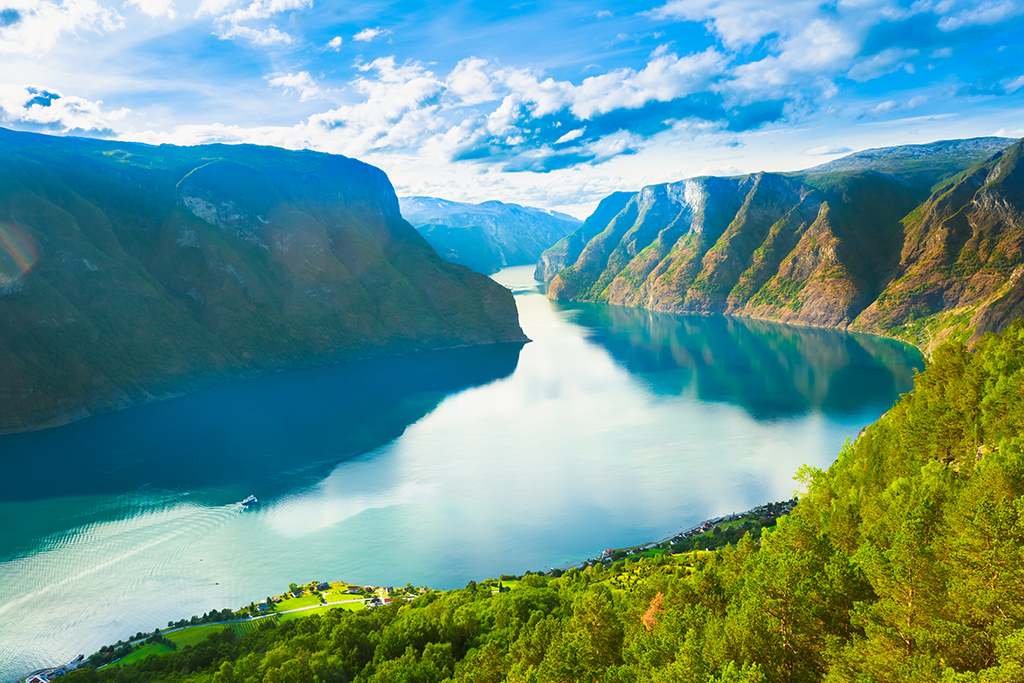
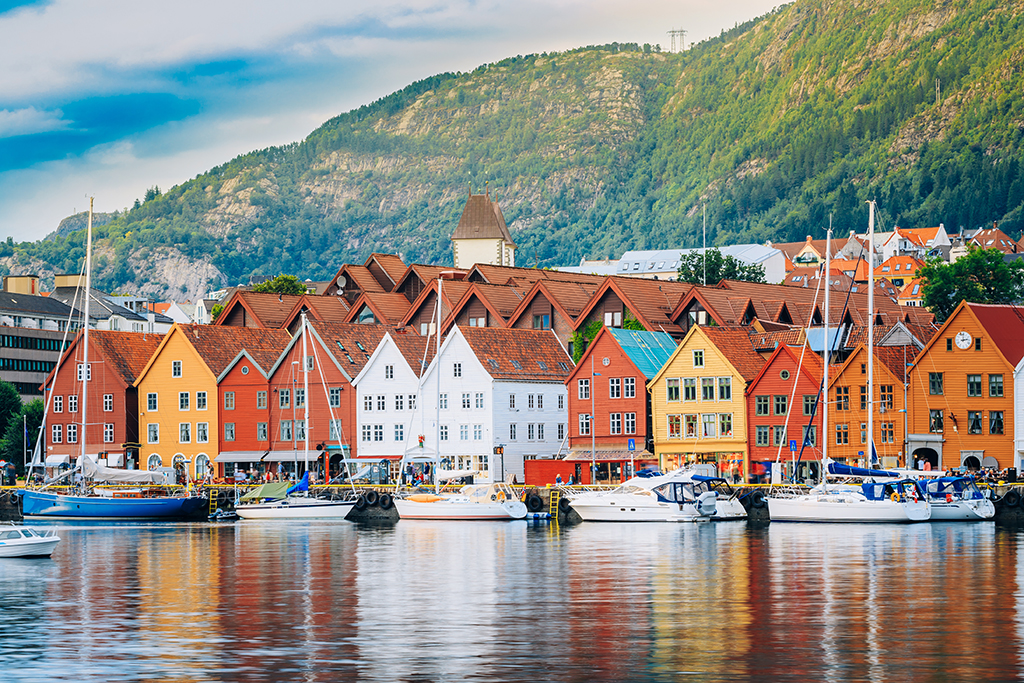
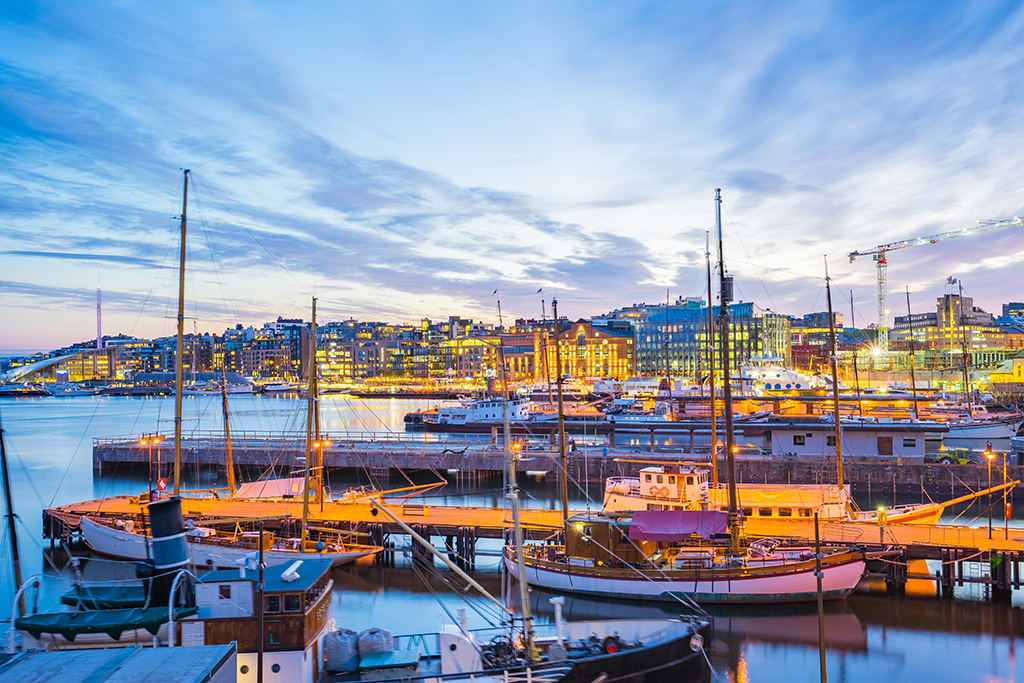

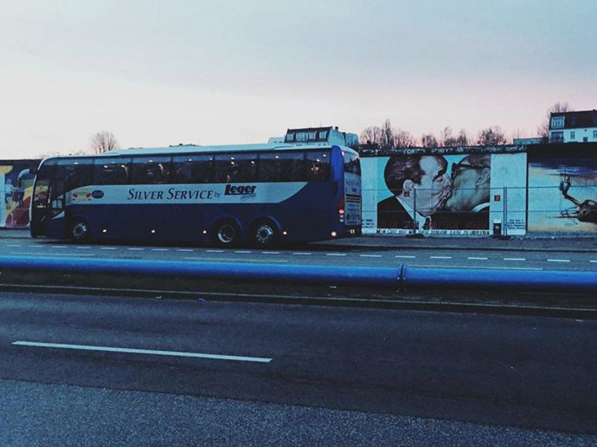
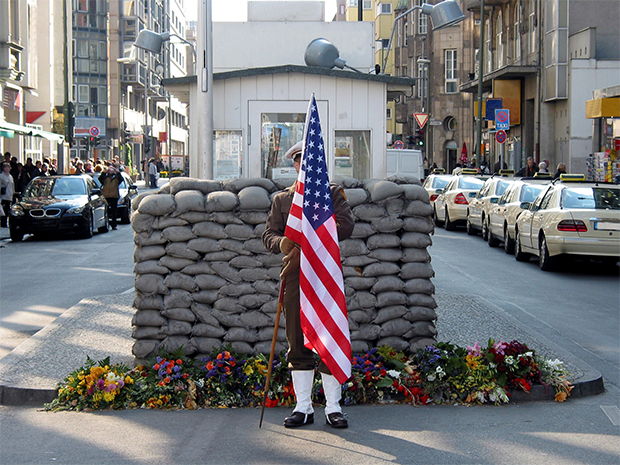


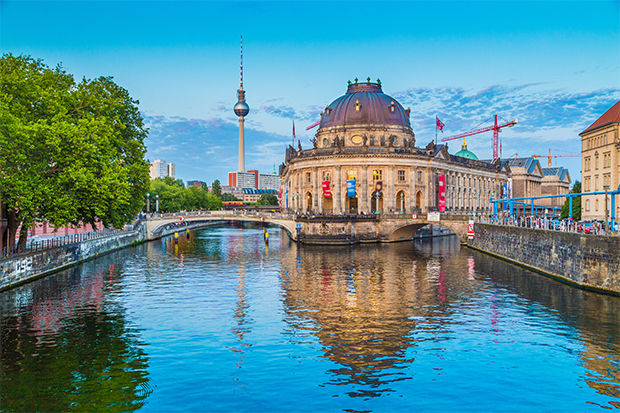

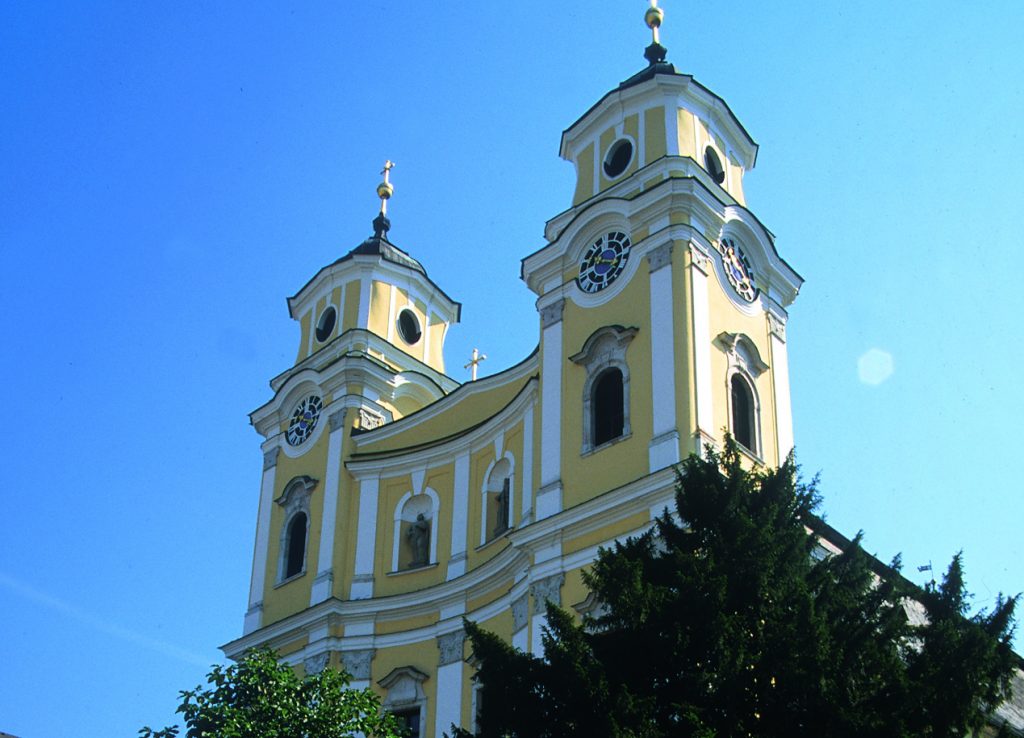
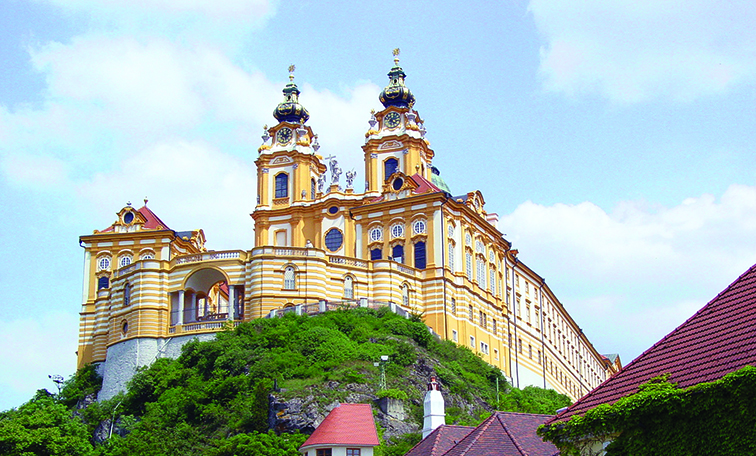 Heading down into Melk you will make a stop off to tour the Melk Abbey, a fortified castle that is home to the Babenberg’s, Austria’s first ruling dynasty. Located on the bank of the Danube, the Abbey was originally a palace and it most certainly shows. A sight to behold with its baroque architecture, the abbey’s church is the highlight with its numerous windows and rich embellishment of marble and frescoes. The abbey contains the tomb of Saint Coloman of Stockerau, an Irish Pilgrim mistaken as a spy due to his strange appearance and was subsequently tortured and hanged.
Heading down into Melk you will make a stop off to tour the Melk Abbey, a fortified castle that is home to the Babenberg’s, Austria’s first ruling dynasty. Located on the bank of the Danube, the Abbey was originally a palace and it most certainly shows. A sight to behold with its baroque architecture, the abbey’s church is the highlight with its numerous windows and rich embellishment of marble and frescoes. The abbey contains the tomb of Saint Coloman of Stockerau, an Irish Pilgrim mistaken as a spy due to his strange appearance and was subsequently tortured and hanged.